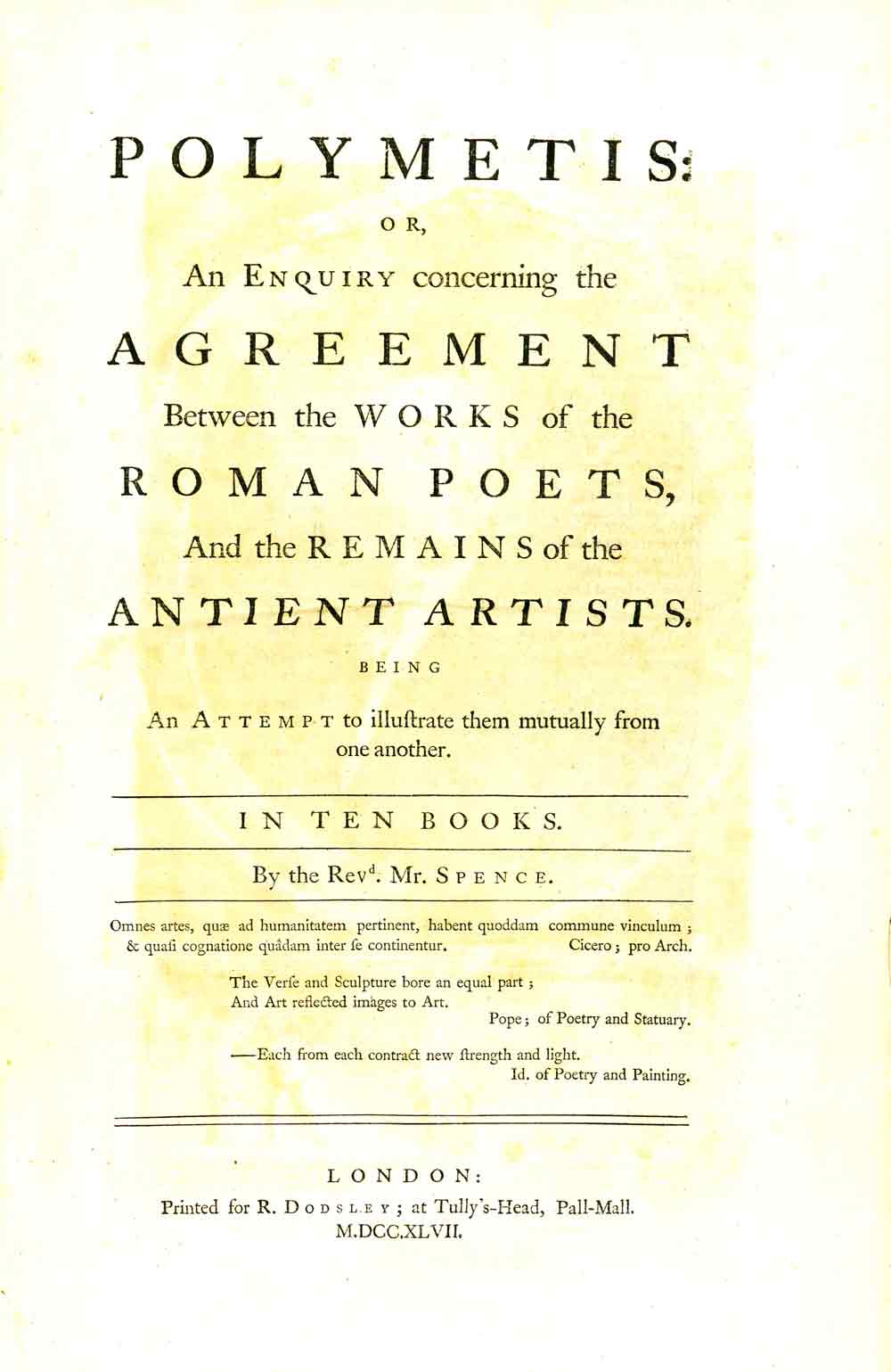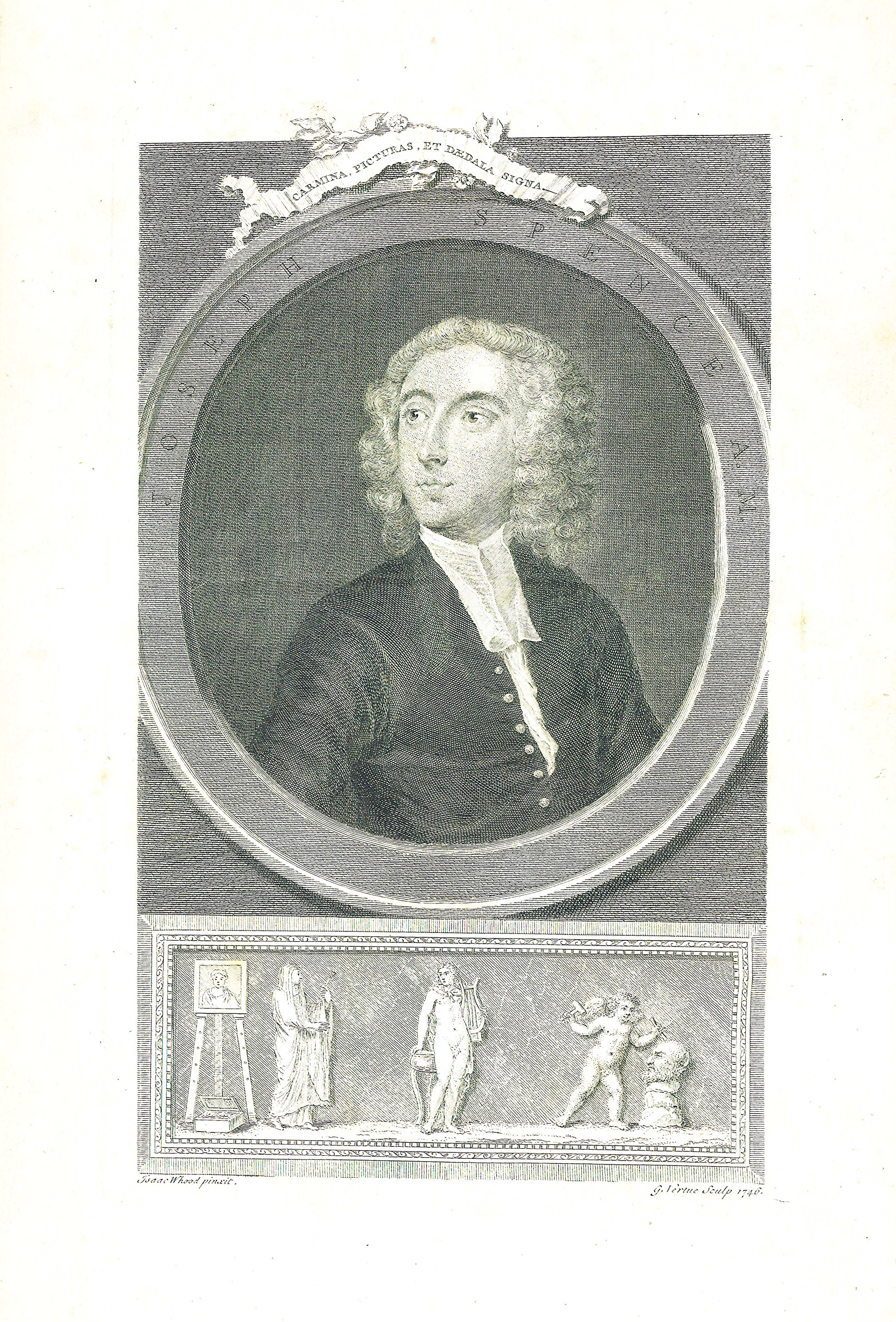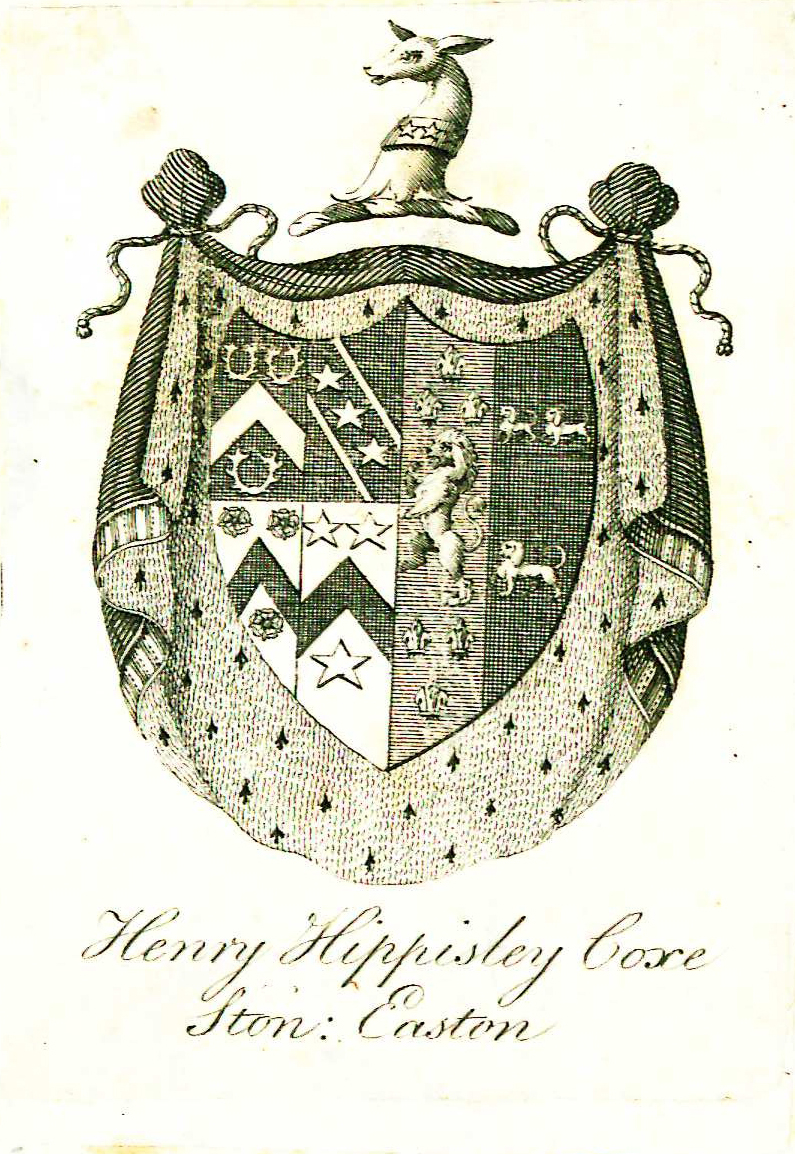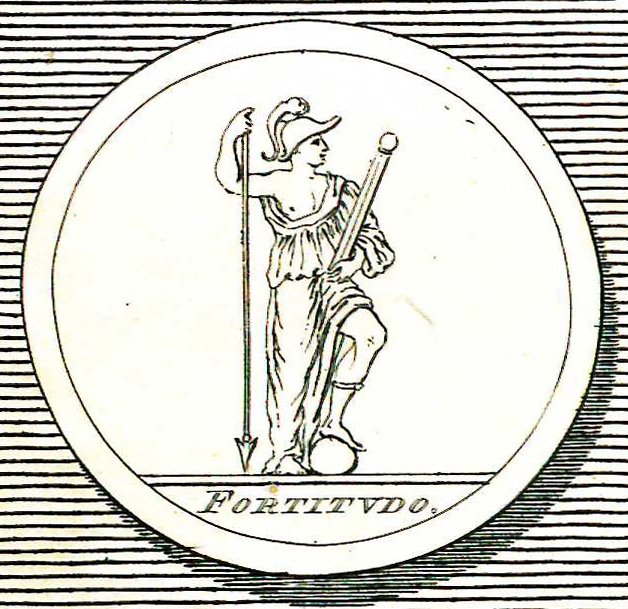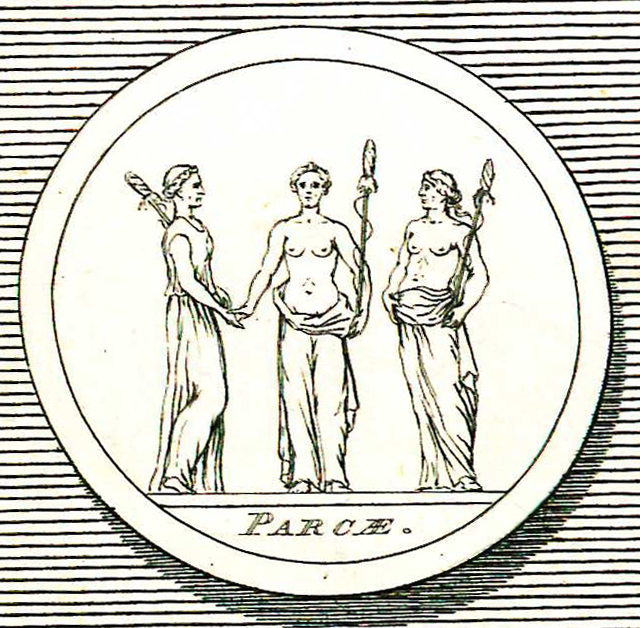Polymetis
by Joseph Spence
| Polymetis | |
|
Title page from Polymetis, George Wythe Collection, Wolf Law Library, College of William & Mary. | |
| Author | Joseph Spence |
| Published | London: R. Dodsley |
| Date | 1747 |
| Edition | First |
| Language | English |
| Pages | xii, 361 |
| Desc. | Folio (42 cm.) |
Polymetis: or, An Enquiry Concerning the Agreement between the Works of the Roman Poets, and the Remains of the Antient Artists, Being an Attempt to Illustrate Them Mutually from One Another, published in 1747, reflected Spence’s first visit to Italy and draws upon the works he observed while there. Written in dialogue form, this work provides a history and criticism on subjects such as Roman sculpture, mythological art, and Latin poetry, complete with illustrations.[2] With a special focus on how these works of art and literature interplay and provide explanations for each other, Spence, as the title suggests, “attempt[s] to illustrate them mutually from one another.” Polymetis was significant both in the education system for decades following its publication and for Keats, who used Polymetis as a guide to ancient mythological imagery.[3]
Evidence for Inclusion in Wythe's Library
Listed in the Jefferson Inventory of Wythe's Library as "Spence's Polymetis. fol." and kept by Thomas Jefferson. Jefferson sold a copy to the Library of Congress but it no longer exists to verify the edition or Wythe's previous ownership.[4] The Brown Bibliography[5] lists the first edition (1747) based on E. Millicent Sowerby's entry in Catalogue of the Library of Thomas Jefferson. George Wythe's Library[6] on LibraryThing indicates "Precise edition unknown. Folio editions were published by the Dodsleys in 1747, 1755, and 1774."
Historians believe Wythe used Polymetis to design the seal of the Commonwealth of Virginia.[7] John Page wrote Jefferson, Cite error: Closing</ref> missing for <ref> tag</blockquote>Description of the Wolf Law Library's copy
Bound in contemporary calf with gilt spine and red spine label.
View this book in William & Mary's online catalog.
References
- ↑ James Sambrook, ‘Spence, Joseph (1699–1768)’, Oxford Dictionary of National Biography, Oxford University Press, 2004; online edn, May 2010, accessed 11 June 2013.
- ↑ Joseph Spence, Polymetis, (London: R. Dodsley , 1747).
- ↑ James Sambrook, “Spence, Joseph."
- ↑ E. Millicent Sowerby, Catalogue of the Library of Thomas Jefferson, 2nd ed. (Charlottesville: University Press of Virginia, 1983), 4:389 [no.4230].
- ↑ Bennie Brown, "The Library of George Wythe of Williamsburg and Richmond," (unpublished manuscript, May, 2012) Microsoft Word file. Earlier edition available at: https://digitalarchive.wm.edu/handle/10288/13433
- ↑ LibraryThing, s. v. "Member: George Wythe", accessed on April 21, 2013.
- ↑ FIND REFERENCE.
